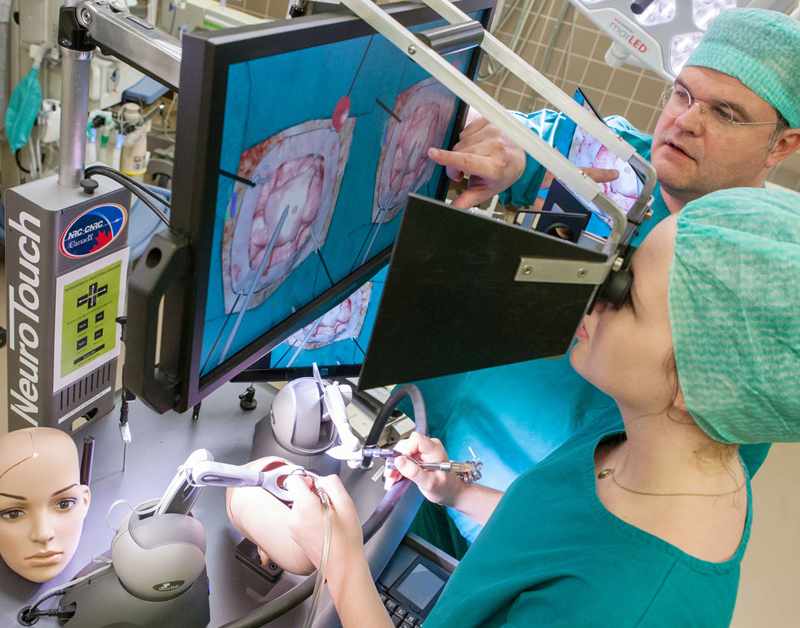
MMA (Middle meningeal artery) embolization has emerged as a groundbreaking minimally invasive treatment for Chronic Subdural Hematoma Embolization, offering hope for patients who traditionally faced high recurrence and complication rates with conventional surgical methods.
Understanding Chronic Subdural Hematoma
Overview of cSDH
Chronic subdural hematoma is an accumulation of blood on the brain's surface, most commonly affecting elderly patients and those on anticoagulant therapy. The slow accumulation of blood often leads to neurological deficits, making timely and effective treatment critical.
Challenges with Traditional Treatments
Historically, cSDH has been managed through surgical drainage, typically via burr holes. However, there are risks with these methods, like recurrence, infection, and long hospital stays. This makes it even more important to find better, less invasive options.
The Procedure Explained
Chronic subdural hematoma embolization involves the targeted occlusion of the middle meningeal artery. Stopping the blood flow to the capsule of the hematoma lowers the possibility of recurrence and helps to limit rebleeding. Recent research indicates that this method not only helps the hematoma to stabilize but also enhances neurological recovery.
Clinical Benefits
Compared to conventional surgery, patients having MMA embolization usually had shorter recovery times, shorter hospital stays, and less risk of complications. For high-risk patients—including those with comorbidities or poor surgical candidacy—this makes it the perfect choice.
Clinical Efficacy and Patient Benefits
Meta-analyses and new studies show that chronic subdural hematoma embolization greatly reduces recurrence rates and enhances general results. Interventional neuroradiologists can negotiate complex arterial paths using sophisticated imaging and microcatheter procedures, therefore guaranteeing accuracy and safety during the treatment.
Innovative Training for Surgeons
A key element of this changing treatment scene is the function of simulation-based instruction. SurgeonsLab and other platforms are setting the standard with very realistic simulator models. Its model lets neurosurgeons perform MMA embolization in a risk-free, regulated environment, therefore improving procedural excellence and patient safety.
To Summarize
Middle meningeal artery embolization is acting as a viable and less invasive option for dealing with chronic subdural hematoma. By lowering the chance of recurrence and speeding up recovery, this new method is changing the way neurosurgery is done. Incorporating advanced training tools from SurgeonsLab further ensures that practitioners are well-prepared to deliver optimal care, making this article the definitive resource.




















Write a comment ...